#Chalk Cliff
Explore tagged Tumblr posts
Text

Beachy Head Cliff & Lighthouse
Beachy Head is a chalk headland in East Sussex, England. It is situated close to Eastbourne. Beachy Head is located within the administrative area of Eastbourne Borough Council which owns the land, forming part of the Eastbourne Downland Estate. The cliff is the highest chalk sea cliff in Britain, rising to 162 m (531 ft) above sea level. The peak allows views of the south east coast towards Dungeness in the east, and to the Isle of Wight in the west.
Beachy Head Lighthouse is a lighthouse located in the English Channel below the cliffs of Beachy Head in East Sussex. It is 33 m (108 ft) in height and became operational in October 1902. It was the last traditional-style 'rock tower' (i.e. offshore lighthouse) to be built by Trinity House.
15 notes
·
View notes
Text
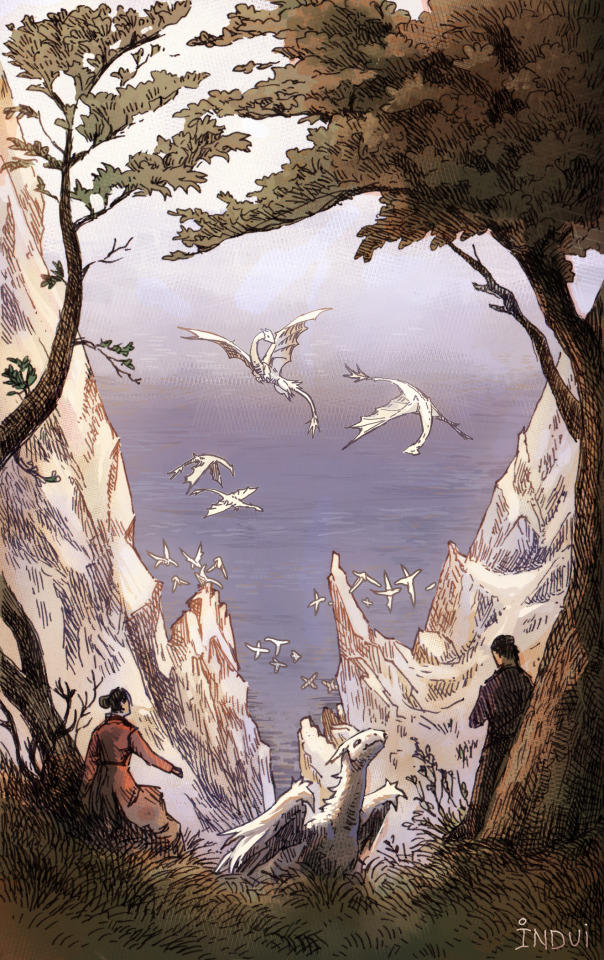
The chalk cliffs of Rügen, a popular tourist spot to catch a glimpse of the alabaster dragon migration.
#art#dragons#fantasy art#caspar david friedrich#friedrich#this one a study of: the Chalk Cliffs of Rugen#ok i read some lil homemade zines and it got me inspired#i think it could be fun to make a zine of all my friedrich studies n stuff i learned while making them#it seems like a fulfilling lil project to work on#dragon art#fantasy illustration#dragon
3K notes
·
View notes
Text

On this day in 2018 I took this picture in southern England before flying home to Pennsylvania.
318 notes
·
View notes
Text

Dover; 4.9.2010
#photography#photographers on tumblr#dubmill#Dover#Kent#England#UK#Britain#cliffs#chalk#original photography#original photograph#2010#04092010
99 notes
·
View notes
Note
about the sea: have you sailed along the southwestern edge of the baltic sea? if yes, could you describe the land and the shore and the water there? i’m doing a little infographic on the fall migration of european starlings from Latvia to the UK (via Denmark) and i’ve never been along that coast! google maps is ok, but cannot compare to someone’s lived experience. especially with the narrative similarities between sailing and flying
this is and remains my favourite ask I have ever gotten, and it took me some time to get it right. The Baltic southwest is in my unbiased opinion the most beautiful place in the world, all year round, and I could never do it justice in all of it’s facets and different faces it wears through the year. So here are some snapshots of the southwest islands through the year, both of the sea and the shore:

Langeland, Denmark in late spring
The southern tip of the island is so flat that it nearly vanished into the sea until you are right in front of it. The belts and straits of what is lovingly called the Danish south sea are a bright blue in the first sunny days of the year. Sometimes, close to shore, yellow-green pollen bloom even creates swirling patterns in the water. There is animals everywhere; birds settled in the quieter water of the bay, mostly seagulls and loons, but swans as well; if you are very lucky, a harbour porpoise will choose the wake of your ship to swim along with, and further east, you might even meet a seal or two. The coast is green fields and white turbines turning so fast that they are blurring before you. Between it all, a constant trail of huge container ships passes the straits, turning the sky close to the water grey with their exhausts. It all seems so warm, until a single cloud passing in front of the sun reminds you of the coldness of the air.

Fehmarn, Germany in early summer
The canola fields are still in full bloom, turning the whole island a bright, joyous yellow, interspersed with specks of red and blue from the field flowers, swishing in the wind. Bright yellow and bright green against the blue backdrop of the Baltic sea. The island and the land here are flat as a pancake, making it easy to see from shore to shore; only on its edges, like a crumpled paper, does the island lift up into sandy cliffsides that drop of dramatically into pebbled beaches. Standing on the beach, the water is a azure blue, and in the sun, the numerous sandbanks are clearly visible in the light turquoise. While the wind is ever present, it is subdued in early summer, but the jagged cliffs are a stark reminder of the violence of the winter storms. All trees lean towards the shore, gnarled branches disfigured by the wind; there is a reason we call it “the land that even trees bow for”.

Ven Island, Sweden in the middle of the summer
Coming from the open water up north, the island appears like a golden hill rising out of the sea. The grainfields in full bloom, the warm sandy beaches, and the sun behind it. Behind you, the Øresund gave you the perfect reprieve, watching cities and mixed tree forest pass by in turn on either side after the rough waters of the Kattegatt, where both North and Baltic sea crash together in a cacophony of wave pattern, shaking you and your boat around frantically over strong winds. Now, on Ven, it seems almost a lifetime ago, as you follow the soft roads winding up the island and watch as grain and water are dispersed by the wind in mirrored patterns, golden and green-blue.

Christiansø, Denmark in later summer
Arriving in Christiansø is always a wild ride. While the sun beats down in unrelenting brightness, the waves and wind that had time to build over the whole Baltic sea are so strong that salt crystals form on your face from the constant sea spray that hits you in the face. The island seems almost unreal – just jagged brown-grey teeth of rock rising out of the middle of the sea with no land visible in either direction for miles, with deepest blue water surrounding it, no ground in sight. The waves crash on the stubborn rocks with a loud crashing sound, and over all of that, the stubborn calls of birds that circle around the islands undeterred. On the island, the specks of green, of still water ponds and green grass (I don’t remember a single tree), seem almost comical against the rusted brown rocks. You stare out into the dark marine blue and watch the sunset through the roaring and screeching.

Rügen, Germany in early autumn
Auttumn has arrived, and with it, heavy clouds and heavier winds. The Baltic sea, as beautiful as it is in summer, as strong are the east wind storms that start belting down on the southwest from September onwards. Without the sunlight, the water has turned a deep angry green, but mostly white, as sea foam flies over gnashing waves. Sometimes, as the water rises past your ship, you can see the last moon jellyfish of the season in long tangled webs of kelp pass you by. The rain is soft and dispersed, but colder than the water and makes visibility low. But then, the northeast of the island comes into view, as darkness has already set in, and as the wind dies down and the clouds disperse the island shines in a blinding white, the chalk cliffs of the island rising above the water. The breaking off chalk turns the water here a pastel turquoise in the sun as it dispersed, but here now, it’s dark grey, just as the sky.
#sadly i DO NOT have a picture of the chalk cliffs i do night shifts alone on the boat i can't take pictures as i am steering the boat.#sailing#baltic sea#long post#HOPE THIS HELPSSS
62 notes
·
View notes
Text

10th October 2024 XII
White Cliffs of Dover
ig: walkuponacloud
37 notes
·
View notes
Text
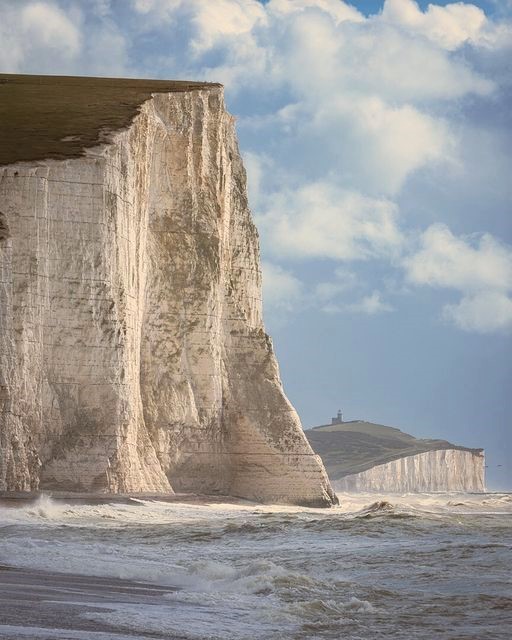
Soaring over 530 feet, the Seven Sisters are a bracing coastal hike
#Seven Sisters#East Sussex#English Channel#chalk cliffs#southern coastal path#coastline#seacoast#Beachy Head
188 notes
·
View notes
Text

The Horsemen passing Beachy Head, England
#Horsemen#Aerobatic Team#P-51#Mustang#Fighter#aircraft#airplane#Beachy Head#English Channel#Sea Cliffs#Chalk cliffs#flying
44 notes
·
View notes
Photo
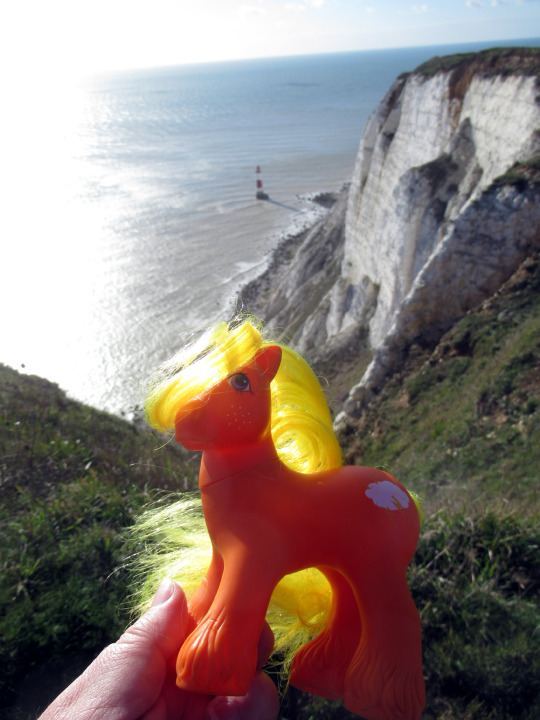
Lightning is admiring the view from Beachy Head.
In East Sussex, in England.
31 notes
·
View notes
Text

The recurring dream theme of roadside dinosaurs. This one was definitely inspired by a birdlike dinosaur that was at a tourist attraction I went to a lot as a kid. Even in the dream I noticed that the tail was unrealistically long and thin for a creature. There was a train of dinosaur models and I was riding on the back of one out of the sea.... One model wasn't a dinosaur but a flipflop for some reason.

Little me standing on the fence about 12 years prior to this dream! There was also some part in the dream about crabs trying to pinch my feet. Another weirdly recurring fear in my dreams. From 2010
#dream#recurring dream#dream imagery#dreams#dinosaur#roadside dinosaurs#special interest#st agnes wonderland#st agnes leisure park#ocean#water#parade#float#cliffs#crab#deja vu#tourist attraction#train#chalk cliffs#Dream quotes
3 notes
·
View notes
Text

fluffy puffy little pippo that nothing bad has ever happened to
#my art#antonblast#pippo#yes i see those pixels i didn't erase on the border. i've accepted their existence.#those pippos in a pile at the bottom of the cliff are just sleeping very soundly#they're fine#this drawing is so tiny lol it's ink and chalk pastel and then i slightly blurred some of the purple shading digitally#i've been really enjoying leaning into the sort of shit quality of my sketchbook photos instead of fighting against it#like instead of trying to make it look as good as it does irl (it never will) i just blow it the fuck up with color correction etc#since my phone won't save photos as anything other than .jpg there's always artifacting on everything#which can actually look sort of cool if i play around with the saturation etc#idk i'm rambling lmao i didn't do anything too crazy on this lil guy i was just thinking about it
27 notes
·
View notes
Text
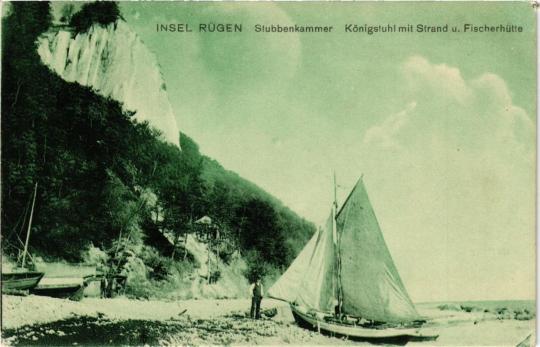
King's Chair chalk cliff and beach on the Rügen Island, Mecklenburg-Vorpommern, Germany
German vintage postcard
#chalk#historic#king's#cliff#photo#briefkaart#vintage#western#chair#king#the rügen island#rgen#sepia#photography#mecklenburg-western pomerania#carte postale#postcard#postkarte#postal#tarjeta#ansichtskarte#mecklenburg#old#ephemera#pomerania#postkaart#island#german#germany#beach
19 notes
·
View notes
Text
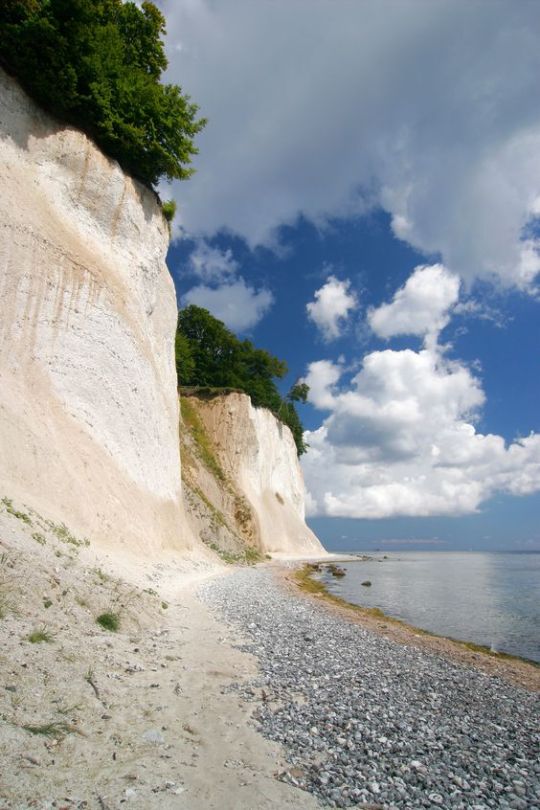
The White-Chalk Cliffs on the island of Rügen, Germany.
21 notes
·
View notes
Text
Why the Noah’s Ark Story Is Literally Impossible (2/?)
Reason 2: The White Cliffs of Dover
The White Cliffs of Dover on the eastern coast of England consist of chalk layers, up to more than 160 metres thick. This chalk is composed of fossilized coccoliths (a kind of algae). Cocoliths require shallow, calm seas to survive, because they need to be close to the surface to receive energy from the sun.
It’s not possible for all the cocoliths found in Dover’s cliffs to have all existed at the same time, as they would have blocked out the sun for things directly underneath the top layer of algae.

#christianity#religion#noah's ark#abrahamic religions#the bible#creationism#white cliffs of dover#england#algae#cocoliths#chalk#bible study#bible#bible story#bible scripture
2 notes
·
View notes
Text

10th October 2024 VII
White Cliffs of Dover
ig: walkuponacloud
21 notes
·
View notes
Text

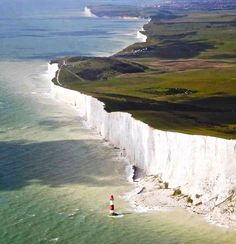
Dover Beach has held our romantic imagination for centuries.
#Dover Beach#Kent#White Cliffs of Dover#Matthew Arnold#Ray Bradbury#aerial photography#English literature#seacoast#Fahrenheit 451#chalk cliffs#iconic#coastline#England#UK
12 notes
·
View notes